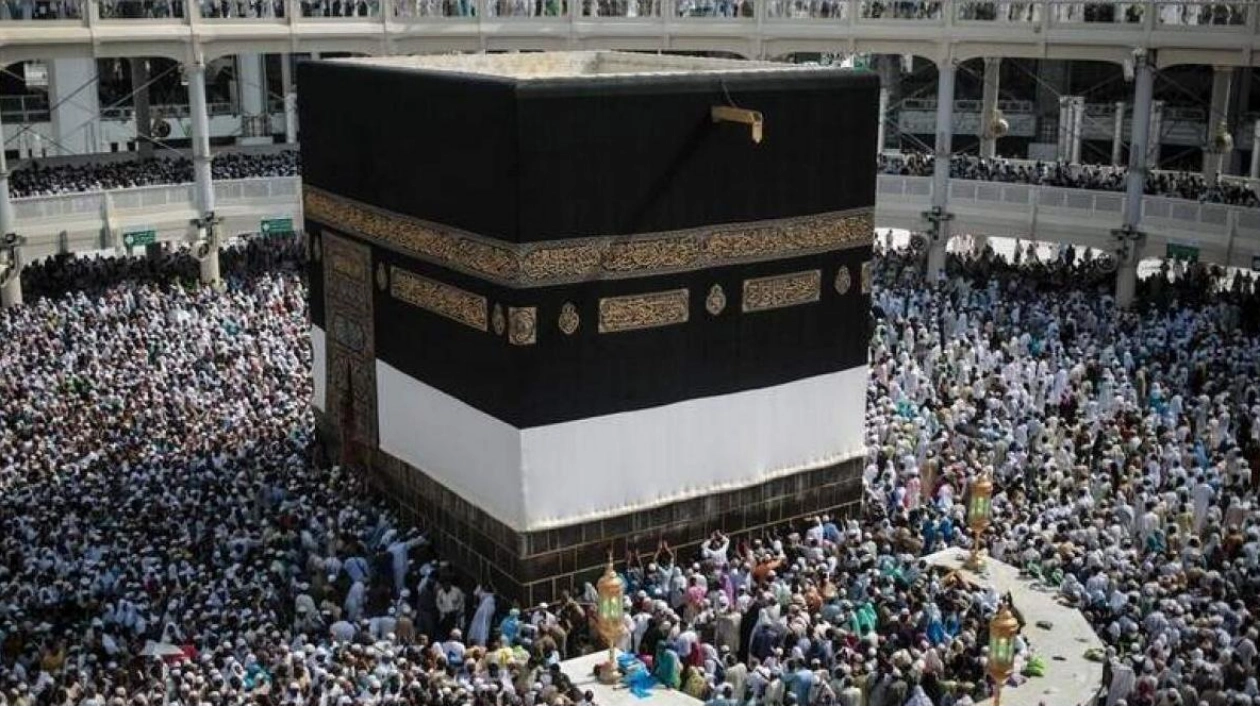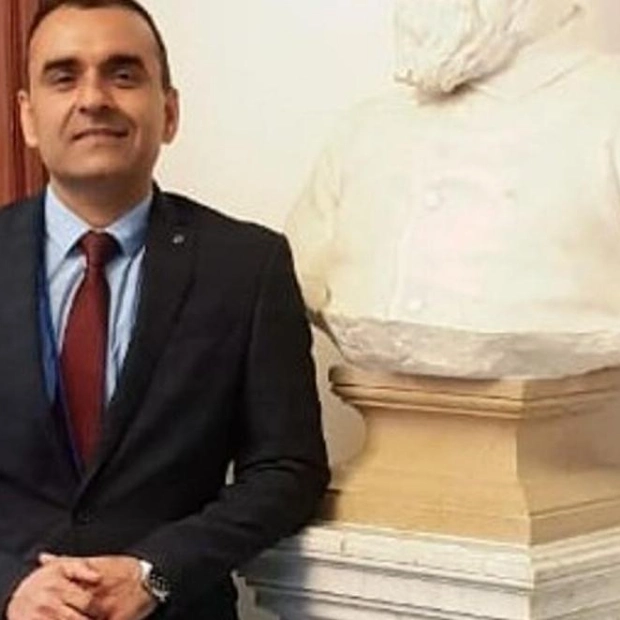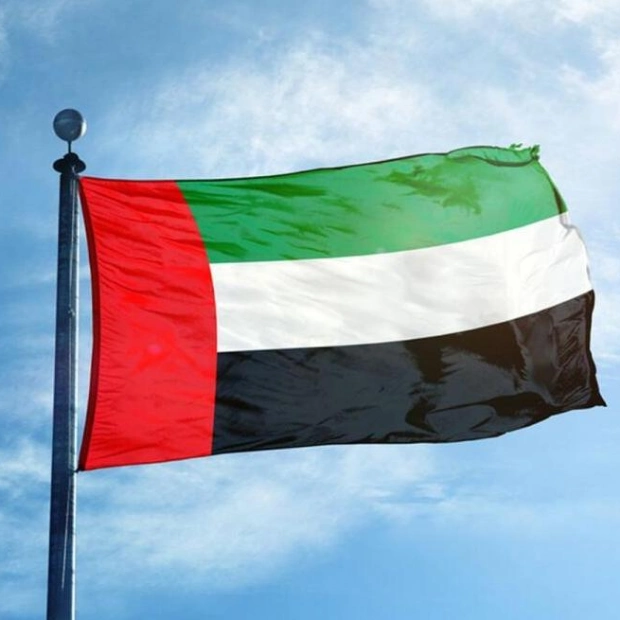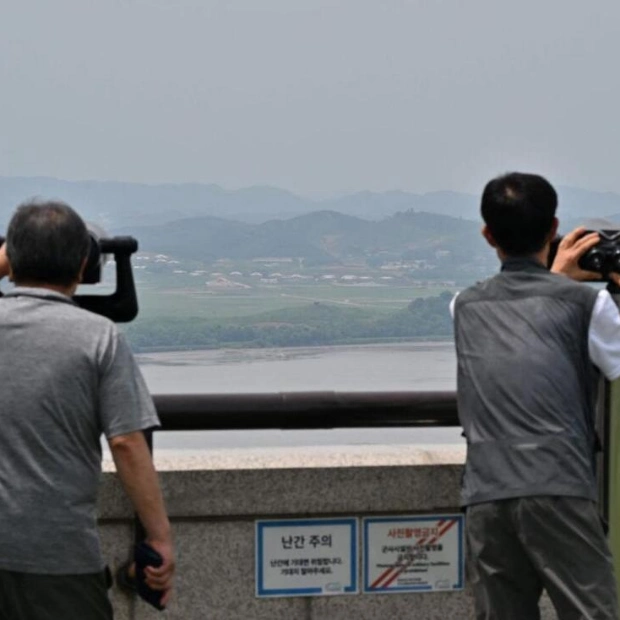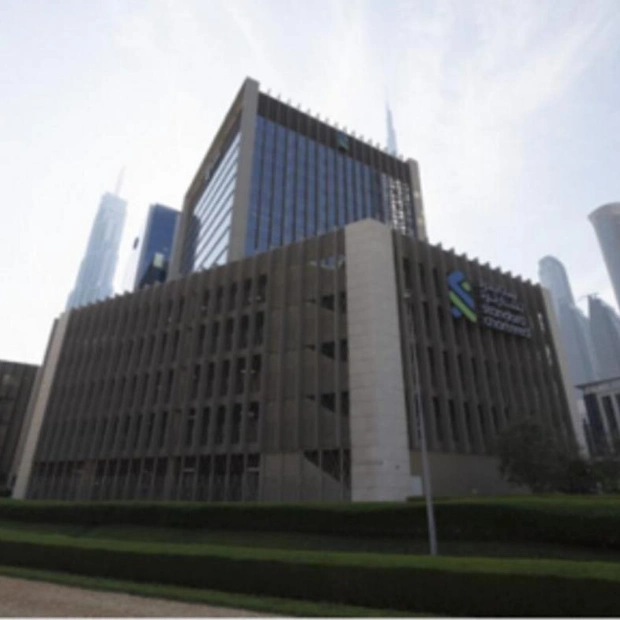Muslims around the globe are obligated to direct their prayers towards Al Masjid Al Haram, also known as the Kaaba, located in the Saudi Arabian city of Mecca, regardless of their geographical location. This practice often leads to groups of worshippers observing shadows or consulting their mobile devices to pinpoint the 'Qibla,' which in Arabic means direction but commonly refers to the Kaaba or the direction for prayer. But what is the history behind the Qibla, and how is it determined? Was the Kaaba always the focal point for Muslims? The answer is no. Initially, the Quran recounts that the Al Aqsa Mosque in Jerusalem served as the first Qibla for Muslims. Prophet Muhammad (PBUH) and his followers prayed towards Al Aqsa during the early days of Islam. However, this direction changed, and the Quran later instructed all Muslims to face the Kaaba, constructed by Prophet Ibrahim. A verse from the Quran's second chapter states, 'And from wherever you go out (for prayer), turn your face toward Al Masjid al Haram. And wherever you [believers] may be, turn your faces toward it.' Consequently, determining the direction to Mecca became a routine practice for Muslims. So, how is modern technology aiding in this today? In 2017, Google introduced the Qibla Finder, a web service utilizing augmented reality to help users locate the correct direction of the Qibla. This service calculates the great-circle distance between the Kaaba and the user's current location, either through GPS or manual input. Users are advised to calibrate their device's compass for optimal results. To use this service, simply search for 'Google Qibla finder,' select your preferred language from a list of 17 options, and allow access to motion, orientation, camera, and location. Move your phone until a white circle appears on the screen, indicating you are facing the Qibla. Several apps also offer this functionality, such as Muslim Pro, Qibla Connect, Qibla Compass, iSalam: Qibla Compass, and Al-Moazin Lite, all available for iOS and Android. Alternatively, using a compass and basic geographical knowledge, one can determine the Qibla direction: east-southeast in North America, southeast in Europe, northeast in Africa, northwest in Southeast Asia, and west in South Asia. Despite the importance of accurately locating the Qibla, a Quranic verse reassures that 'to Allah belong the east and the west, so wherever you turn yourselves or your faces there is the Face of Allah.' Scholars like Nasir Badran, director-general of Saudi's Ministry of Islamic Affairs, interpret this to mean that slight deviations in the Qibla direction are permissible.
Source link: https://www.khaleejtimes.com
